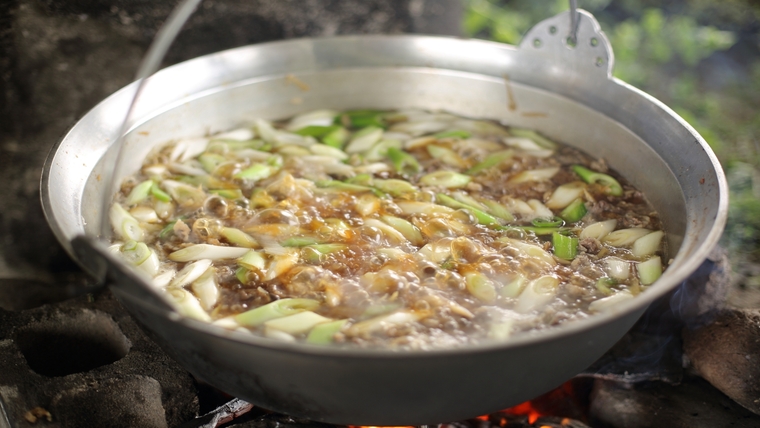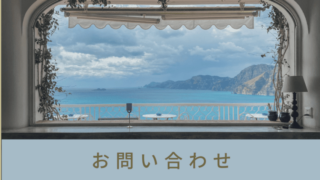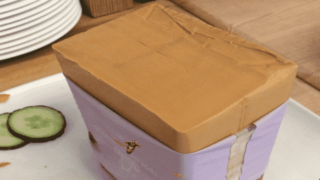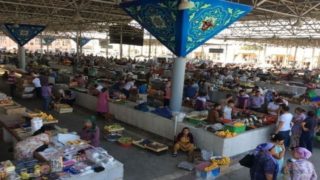What is “Imoni-kai”? A Symbol of Autumn in Yamagata! The Delight of Gathering Around a Big Pot by the Riverbank!
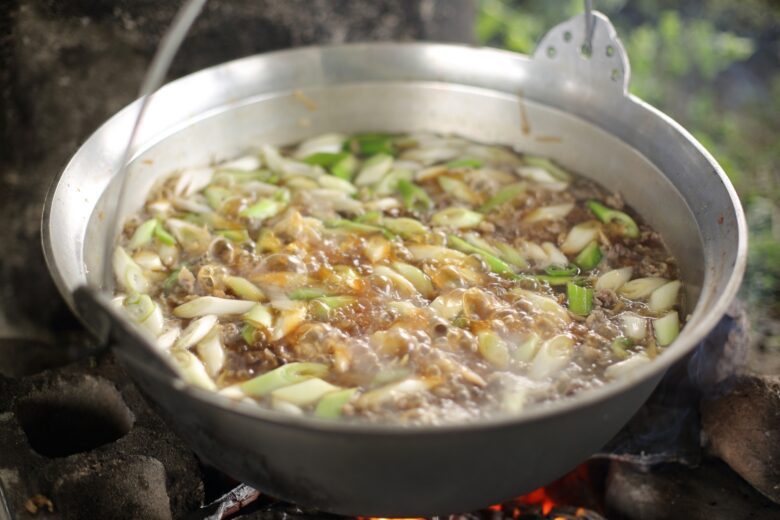
The symbol of autumn in Yamagata , it’s the “Imoni-kai”! Recently, on the 17th, in the riverbanks of Yamagata City, the “Japan’s Biggest Imoni Festival” was held!
Today, let’s talk about the traditional autumn event in Yamagata, “Imoni-kai.”
山形の「芋煮会」そして「芋煮」とは?
What is Yamagata’s “Imoni-kai” and “Imoni”?
In Yamagata, traditionally held under the clear autumn skies, is an event called “Imoni-kai.” And “Imoni” is a regional dish in Yamagata, a hot pot dish featuring taro as the main ingredient, along with konjac, green onions, mushrooms, burdock, and sometimes meat – it’s a local specialty of Yamagata Prefecture.
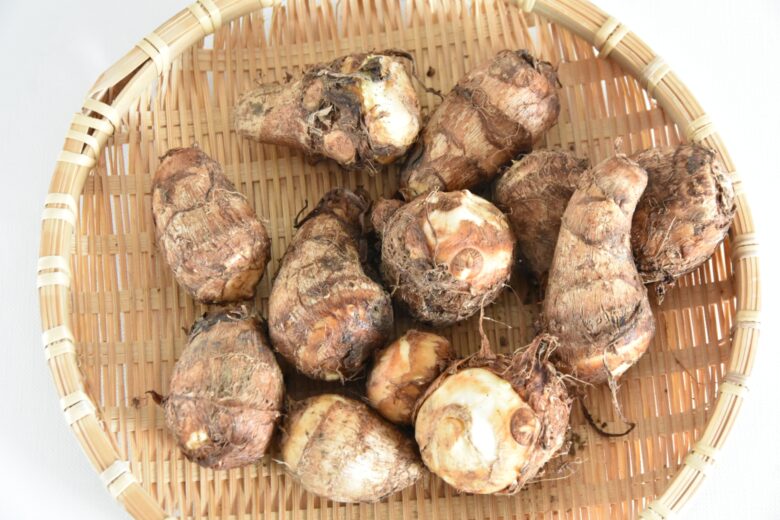
It’s held right around the time of taro harvest.
芋煮会の発祥について
The Origin of Imoni-kai

There are various theories about the origin of “Imoni-kai,” but all of them are related to the taro harvest season.
One theory suggests that it originated from the tradition of offering taro on the night of “Imo Meigetsu” on the lunar calendar, which falls on the 15th of August. Taro harvested for the first time after planting seed taro in the spring is offered. People express gratitude for the harvest and enjoy “Imoni.”
Another theory points to the Edo period when river transport on the “Mogami River,” the mother river of Yamagata Prefecture, was thriving. Boatmen would cook a pot with locally harvested taro and dried cod (instead of meat) near the boat docks. Yamagata has a long history of using the Mogami River for transportation.
My hometown also had a thriving river port in the past! Yamagata’s specialties like rice, safflower, and the fiber-producing “Aoso” were shipped to Kyoto and Osaka, and in return, clothing, dolls, sugar, and dried cod (codfish) were transported from Kyoto and Osaka through the Sea of Japan. The boat docks along the Mogami River were bustling with boatmen and merchants, and they might have filled their stomachs with “Imoni” during the comings and goings of boats. It is said that Kyoto’s local dish “Imo-bo” was also transmitted to Yamagata along with river transport. “Imo-bo” is a traditional dish in Kyoto typically eaten during New Year’s.
Since then, during the autumn when taro is harvested, people in Yamagata gather by the riverbanks, build stone hearths, and make “Imoni” with taro, konjac, green onions, and beef (instead of dried cod). It has become a symbol of autumn.
地方によって芋煮の味付けが異なる
Different Tastes of Imoni in Different Regions
Do you know that even within Yamagata Prefecture, the ingredients and seasonings for Imoni can differ depending on the region?
The star of “Imoni” is taro, regardless of the region. Supporting ingredients include konjac, green onions, mushrooms, burdock, and meat.
In the Murayama region, centered around Yamagata City, it’s seasoned with soy sauce and uses beef. This is probably the “Imoni” that is widely known across Japan.
In the Okitama region, tofu is added, and in the Mogami region, mushrooms are used.
In the Shonai region, it’s flavored with miso and features pork as the main meat.
山形では大鍋はスーパーで借りて芋煮を作ることが可能
In Yamagata, You Can Rent Big Pots at Supermarkets to Make Imoni
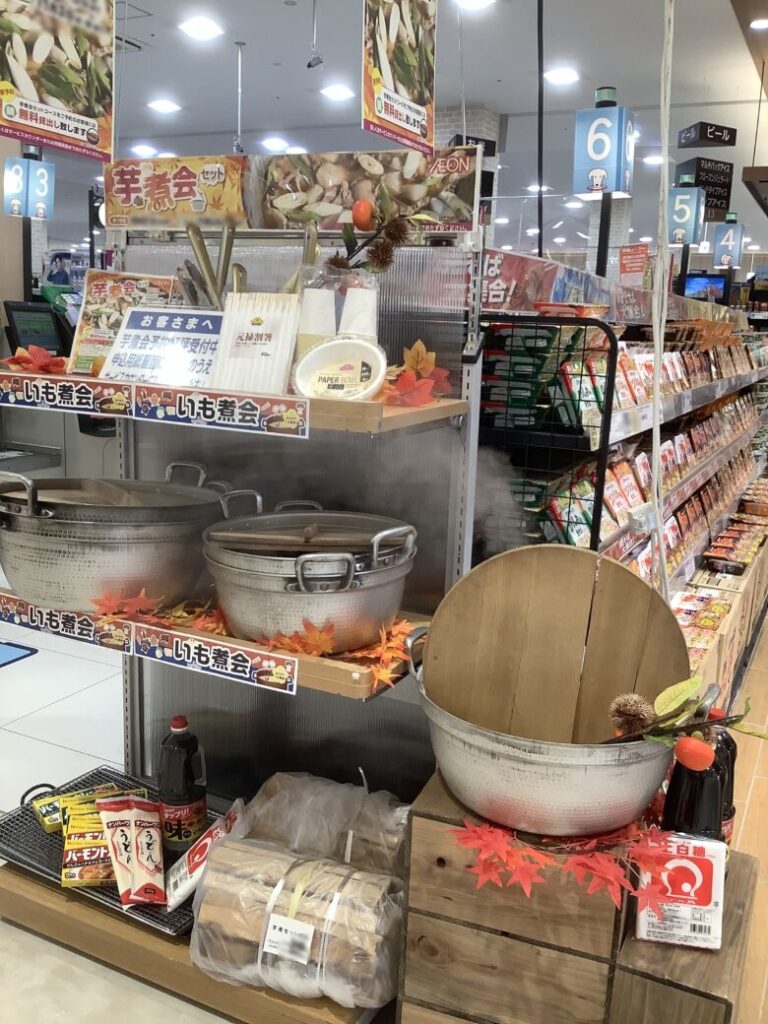
Visitors from other prefectures might be surprised, but in Yamagata, starting in September and early October, you can find “Imoni-kai sets” at supermarkets and convenience stores. These sets include firewood and food items, and if you purchase one, they will lend you a big pot.
“Imoni-kai” is an event where friends gather together. It can be held with local residents, co-workers, family, friends, and more, often taking place by the riverbanks. People may participate in multiple “Imoni-kai” gatherings during the season.
私の子ども時代の芋煮会
My Childhood Memories of Imoni-kai
During my childhood, “Imoni-kai” was a regular autumn school event at my elementary school. We pulled a cart together to the riverbanks of the Mogami River, which was only about 1 km away from our school. Since it was a rural area, everyone brought the necessary firewood and food from their homes, and it all worked out.
Only the meat had to be purchased. We borrowed milk cans from local dairy farmers for water. By the way, the milk cans were like the ones with the Lawson logo (laughs).
We started by building a hearth with stones and lighting a fire. Each group of traffic safety patrol members prepared a pot, so we could compare the taste of multiple pots. Each one had its own unique flavor, which made it interesting.
Ideally, “Imoni-kai” is meant to be enjoyed outdoors by the riverbanks on a sunny autumn day, but there were times when it rained, and we had to hold it in the school gym. It was something everyone looked forward to every year, and it’s now a cherished memory.
他県の方の芋煮の楽しみ方
How Visitors from Other Prefectures Can Enjoy Imoni
If people from other prefectures want to try “Imoni,” they can enjoy it at restaurants, izakayas (Japanese pubs), and other dining establishments. However, if they want to experience an actual “Imoni-kai,” it might be a bit challenging.
日本一の芋煮会フェスティバル
Japan’s Biggest Imoni Festival
In that case, they can consider attending the large-scale “Japan’s Biggest Imoni Festival,” which is open to everyone. It takes place every year in early September.
This year (Reiwa 5), even though mid-September still feels like the peak of summer with temperatures reaching 35 degrees Celsius, the festival finally made a full comeback after a hiatus of four years following the pandemic.
The dedicated big pot for Japan’s biggest Imoni has a diameter of 6.5 meters and weighs 4 tons! Using a hydraulic excavator called a backhoe, they prepare 30,000 servings of Imoni.
Well, since “Imoni-kai” itself is an event limited to certain prefectures in Tohoku, there may not be many rivals for the title of “Japan’s Biggest Imoni.”
The amount of food ingredients used in the big pot is impressive: 3 tons of taro, 1.2 tons of beef, 3,500 pieces of konjac, 3,500 green onions, and seasonings including 700 liters of seasoned soy sauce, 50 bottles of Japanese sake (1-sho bottles), 200 kg of sugar, and 6 tons of Yamagata’s water. They also use 6 tons of oak firewood for fuel.
This event was started by the Yamagata Chamber of Commerce and Industry Youth Division in 1989 for regional revitalization.
In Yamagata, you will start seeing scenes of people gathering around pots for ‘Imoni-kai’ in various locations along the riverbanks.

